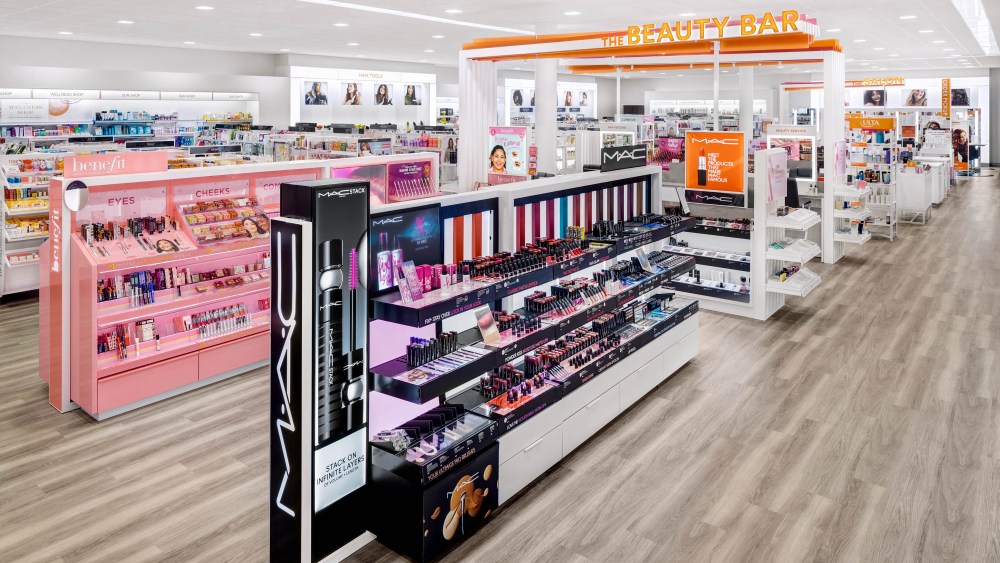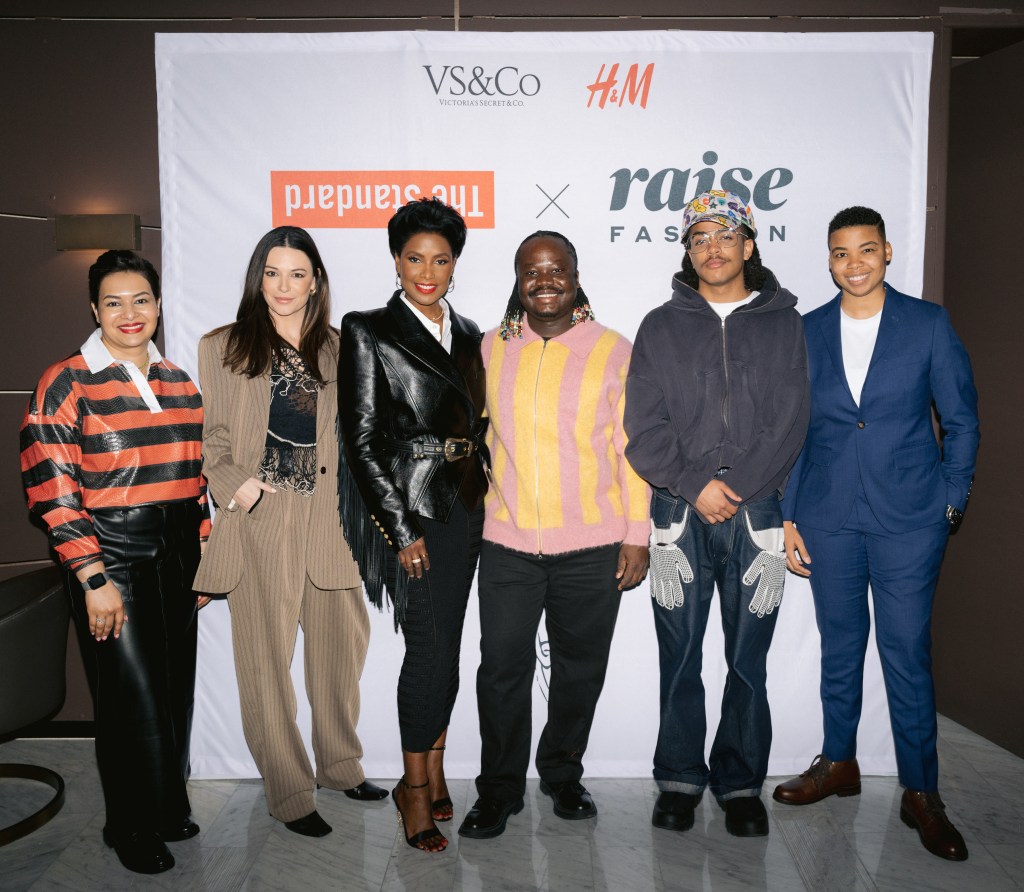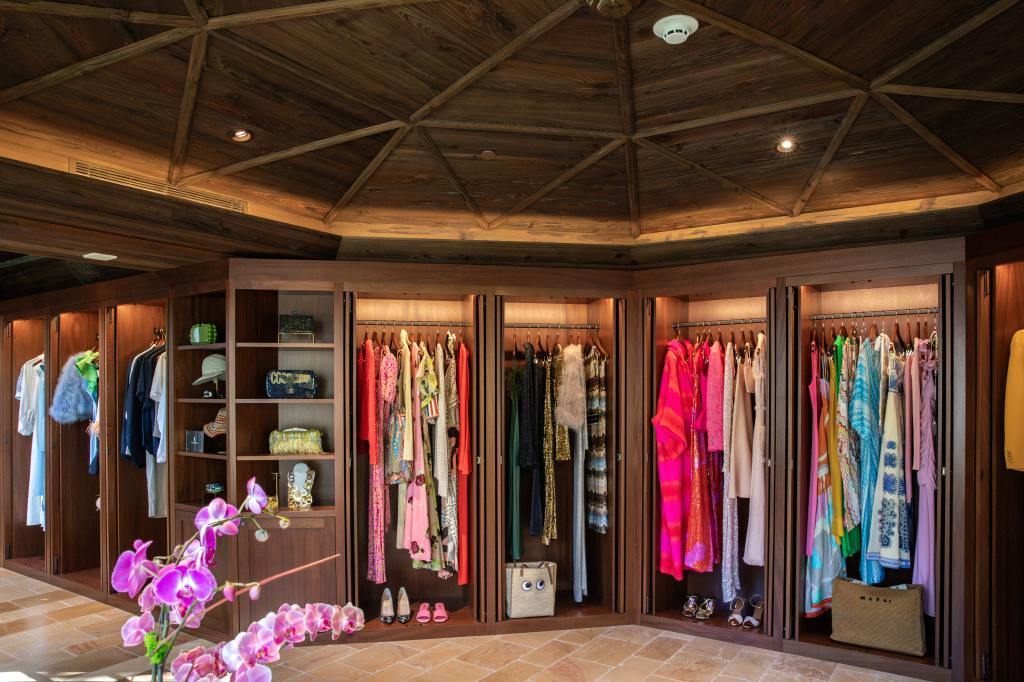Samuel Ross has designed everything from perfume bottles to faucets. And ever since he sold his conceptual streetwear brand A Cold Wall last November, he’s been dedicating a heavy half of his focus on becoming an industrial designer. His version of brutalism is forcing the design world to take notice.
After capturing the public’s attention at Design Miami/ Paris with his bright yellow Caucus park bench, he’s gearing up to take on Milan Design Week with a collaboration with U.S.-based kitchen and bath firm Kohler. One of the week’s highlights will be the April 16 unveiling of Ross’ spin on one of the most essential fixtures of all time: a toilet.
While that might raise some eyebrows, the Brixton, London-raised aesthete is quick to point out that creating things people actually use on a daily basis is what being an industrial designer is all about. After all, the godparents of Italian design — Gio Ponti, Achille Castiglioni and Gae Aulenti — all developed toilets in the 20th century in their quest to better everyday life for humans worldwide. Today, the quest remains very much the same.
Ross’ Formation 02 for Kohler being introduced in Milan is the second product in the collection after the Formation 01 faucet, which was presented at Design Miami/ last December. Formation 02 is also a redesign of Kohler’s latest Eir Smart Toilet, which features a heated seat, customizable cleansing, nightlight, hands-free opening/closing, automatic flush and a touchscreen remote.
The industrial Haptic Orange tone pays homage to Kohler’s 1967 debut of “Tiger Lily” in its bathroom line, blending Ross’ signature flair for color with Kohler’s penchant for bold shades.
“It’s a jolt within the day, all the way through to the form in which you take the most intimate of acts daily. [Designers] serve all parts of the human experience through design,” he muses, noting he spent the morning drawing a tidy-up for cables and chargers from recycled materials for yet another project he’s working on.

Formation 02 will be unveiled to the public through a large-scale site-specific installation titled “Terminal 02,” hosted at Milan’s Palazzo del Senato on Via del Senato. The installation will take visitors on a maze-like journey of industrial pipes that lead to the Formation 02 toilet.
“The main prospect of this partnership has been the spirit of experimentation and finding ways to bring about questioning for how objects and categories that have not been poked at or inquired about for decades have to now be renewed . . . with elastic design thinking,” Ross says.
What got Ross to this point? Number one, he worked under late fashion designer and former architect student Virgil Abloh for years. Before his death, Abloh had created some key designs for the home, including utensils for Alessi and chairs for Cassina, and in a way, Ross, who studied graphic design, is picking up where Abloh left off.
The Londoner is silent at the mention of that fact, and the conversation moves on to his own first design break — the Hublot Design Prize 2019 win that highlighted his three-seater bench and his aim to render public spaces more social and interactive, whilst uplifting communities. Later, Ross’ Signal collection touched on his colonial narrative through his Recovery chair and later his Trauma chair 2020, which he contoured to resemble an African throne and that was made of fired wood and industrial rivets to recall the scarring and torture of the slave trade.
The Trauma chair was acquired by the Museum of Fine Arts in Houston, when he crossed paths with New York City’s Friedman Benda gallery. “Friedman saw this chair and they looked at the landscape and said, ‘There’s a lack of Black British artists in sculpture and design who are kind of bringing furniture and sculpture together’ and there’s also a message behind the Trauma Chair and the intensity of the work that speaks to what’s happening globally,” he recalls, pointing out that design is often the result of the times. In this case, the murder of George Floyd.
Elsewhere, his paintings include ash from the volcano that erupted in 1971-72 on the island of St. Vincent, a crisis that directly impacted members of his own family. This narrative is exactly the sort of duality that makes diaspora works so impactful.
“I think the strength isn’t trying to forget about one’s starting point and the strength isn’t also trying to forget about one’s relationship to the West. It’s really about trying to accurately depict the duality of what it is to be both. And when I see, you know, my peers and contemporaries and other artists and designers of color capture both, that’s when there’s something interesting to talk about,” he says.
Indeed, diaspora creatives from Lagos to New York City are trailblazing sectors from architecture to art as they weave their narratives — as well as in some cases, sustainable solutions — into every contour and aesthetic element, writing a fresh chapter in design’s history.

From Miami to Paris, Ross has been applauded for his design-forward vision that encourages physical engagement, conviviality and socializing in a digital society that is often physically disconnected.
“Samuel Ross is undoubtedly a leading visionary in our industry. He stands firmly at the epicenter of multidisciplinary design — exploring complex social narratives through the language of boundary pushing design, merging craft and technology. At Design Miami/, we have been honored to have showcased a number of his works at our fairs throughout the years,” says Design Miami/ chief executive officer Jen Roberts.
Digging deeper, Ross’ life has been rooted in art since birth. He admits that had he not been able to draw all over the floor boards and make a mess in his childhood home, he probably wouldn’t be where he is today. His parents are two painters of St. Vincent and Barbadian heritage. His father went to Central Saint Martins in London to study fine art and painting and became a stained glass specialist. His mother lectures and teaches sociology and psychology and is also a painter.
Reflecting on the leap he made from fashion to industrial design as an obvious step for the creator, he grins as he remembers he and his mother had just had a conversation at Windsor Castle during his recent investiture as an MBE (Most Excellent Order of the British Empire) about the positive impact of having been homeschooled at the family’s kitchen table between the age of seven and 11. Alternative schooling, and artistic freedom at a young age, certainly made him think outside of the box.
At a speech announcing the London Design Biennale 2025 at Chatham House, of which he was appointed artistic director, he further explained how fashion, design and art have always been a part of his ethos. A Cold Wall, which he founded in 2015 was” architecture for the body and sequestered the notion of what it meant to be British and ‘other’ at the same time,” he said during that speech.
His industrial design studio Samuel Ross & Associates (known simply as SRA) continues to operate within the fields of interior installation, architecture, furniture design and even sound design. Ross set the theme, “Surface Reflections” for the London Design Biennale in June 2025, which will explore how ideas are fueled by both our internal experiences and personal histories inform who we are.
The 32-year-old recognizes there’s a lot of naysayers in the industrial design world who don’t believe fashion designers can make the crossover. From 2017 he started quietly using the runway and retail to start testing his potential for sculpture, creating, for example, large red-sculpted boulders for his Copenhagen fashion show in 2016 and furniture that was never released when his designs were on show at Dover Street Market in Singapore in 2018.
“Where I sit in fashion is definitely much closer to technical sportswear, industrial design, material development in fashion, rather than traditional fashion,” he says, highlighting the fact that what drives them is the engagement involved in both garments and functional objects. “What I love about furniture and design is that the body engages with these surfaces and materials the same way you engage with a jacket or a garment.”
As for the rest of the fashion world, collaboration is key in bridging the gap with other creative arenas. The greatest advances in design over the last 20 years, Ross contends, have been the result of a mixture of design thinking across the board and science fiction.
“I think the next chapter of the future will naturally involve radical thought in fashion, industrial design and architecture together. That’s probably going to be the three disciplines I feel that will determine the next 20, 30, to 40 years.”




